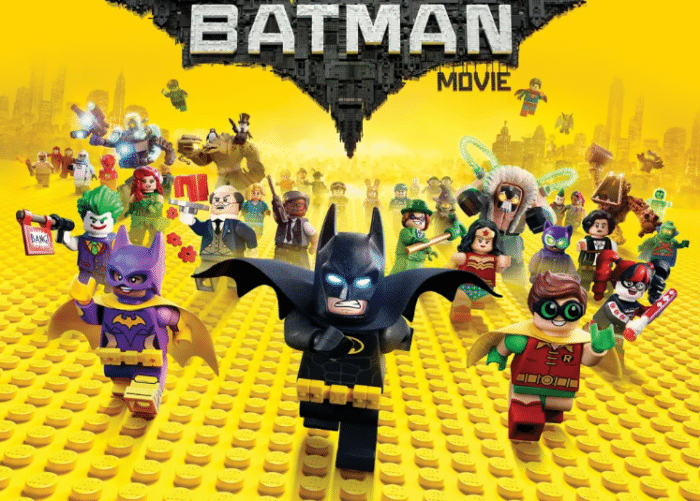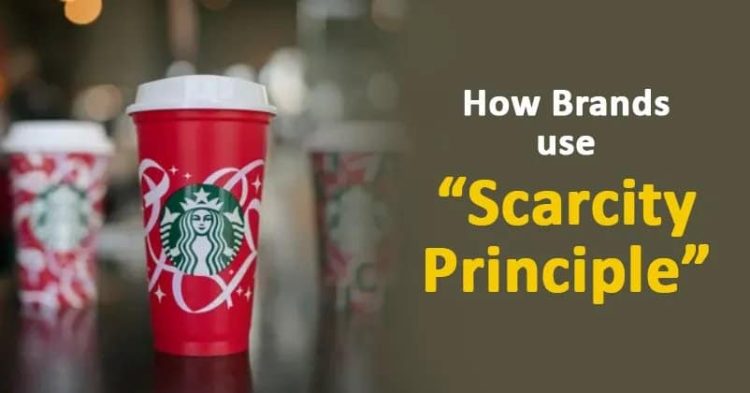Ever wondered why limited-edition products are much more desirable? Why that particular exclusive Louis Vuitton bag priced as high as $4000/- is much more appealing than another handbag of a lesser value from the same brand?

Call it exclusivity, call it rarity, or even just the fear of missing out. All of this translates to one thing, one idea. And that is the ‘Scarcity Principle.
Meaning
The idea behind the principle is that ‘If a thing is hard to get, it must be worth it.
The rarer or more difficult it is to buy any product or avail of any offer, it comes to be perceived as a higher value. This is because, if the product was not shown to be scarce in the market, we would lose interest in buying it.

This marketing principle works by creating urgency around products or services, luring customers to avail themselves as early as possible, or they would miss out on something they might regret later.
Tactics like a limited number of products, or products available for a limited time, are often used by companies in order to boost sales and revenue. Sometimes, even offering limited choices induces purchase, as customers tend to value the available options more.
Other tactics include next-day delivery programs, almost out-of-stock products, high-demand products, platform-exclusive deals, purchase timers and even early bird discounts.
How to increase sales using Scarcity Principle
1. Building up brand identity
Before making products exclusive, it is important to create buzz around them. Make it popular enough for customers, that when a product becomes rare, it would be more alluring to be bought.
However, the product needs to be captivating too. For example, limited-edition art.
2. Target a niche customer group
The idea behind this is to make the product available only for a handful of customers rather than everyone. For example, fewer people would own Tesla S than Model Y.
Examples of brands using this Principle
Let’s take a look at three companies that made use of this principle, and reaped huge benefits for themselves.
1. LEGO

The toy giant LEGO makes limited-edition and exclusive sets for fans and expert builders. For example, the post-retirement sets which can sell for as much as five times the retail price, and the ‘Stranger Things’ limited-edition sets, which sold like hot cakes.
2. Starbucks

The coffee chain regularly introduces limited-time editions for its patrons. But every year during the holiday season, Starbucks starts serving coffee in Red Cups to attract people and urge them to get their photos on social media, thereby boosting sales.
Also Read: What Is ‘Anti Advertisement’ & How Brands Are Using This In Their Favour
3. Amazon

While shopping on Amazon we all come across something like this- ‘Only three left in stock. Also, supporting it is the question ‘Want it tomorrow?’. This helps in creating scarcity, prompting customers to place orders as opposed to losing out on their favorites.
Sources:
https://www.indeed.com/career-advice/career-development/scarcity-marketing
https://www.crowdspring.com/marketing-psychology/scarcity-principle/
https://blog.hubspot.com/marketing/the-scarcity-principle
















